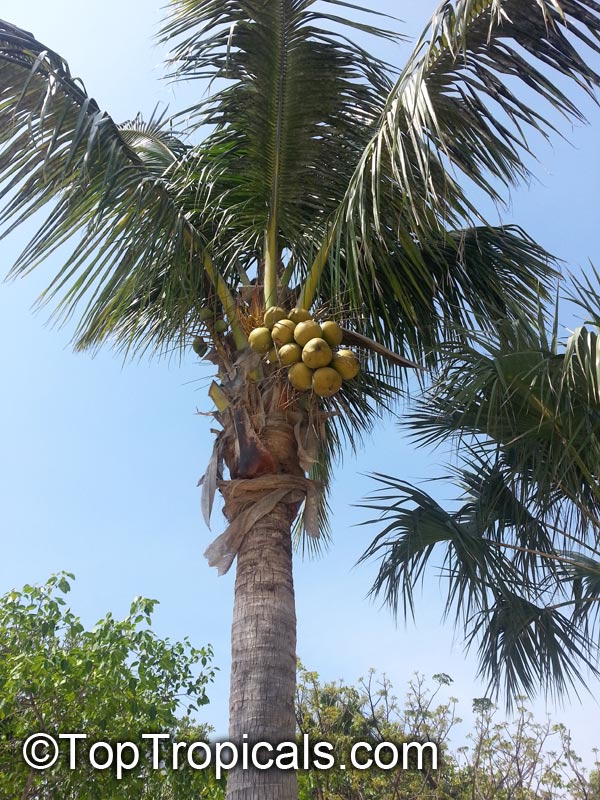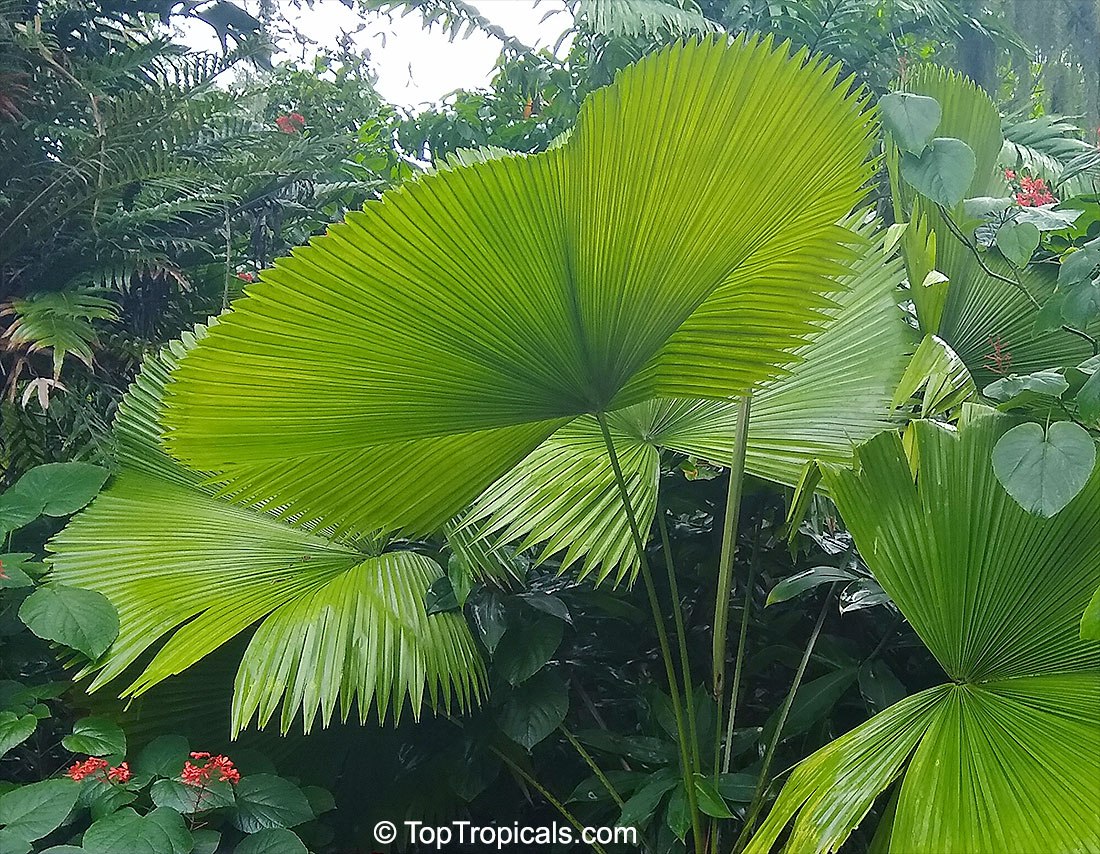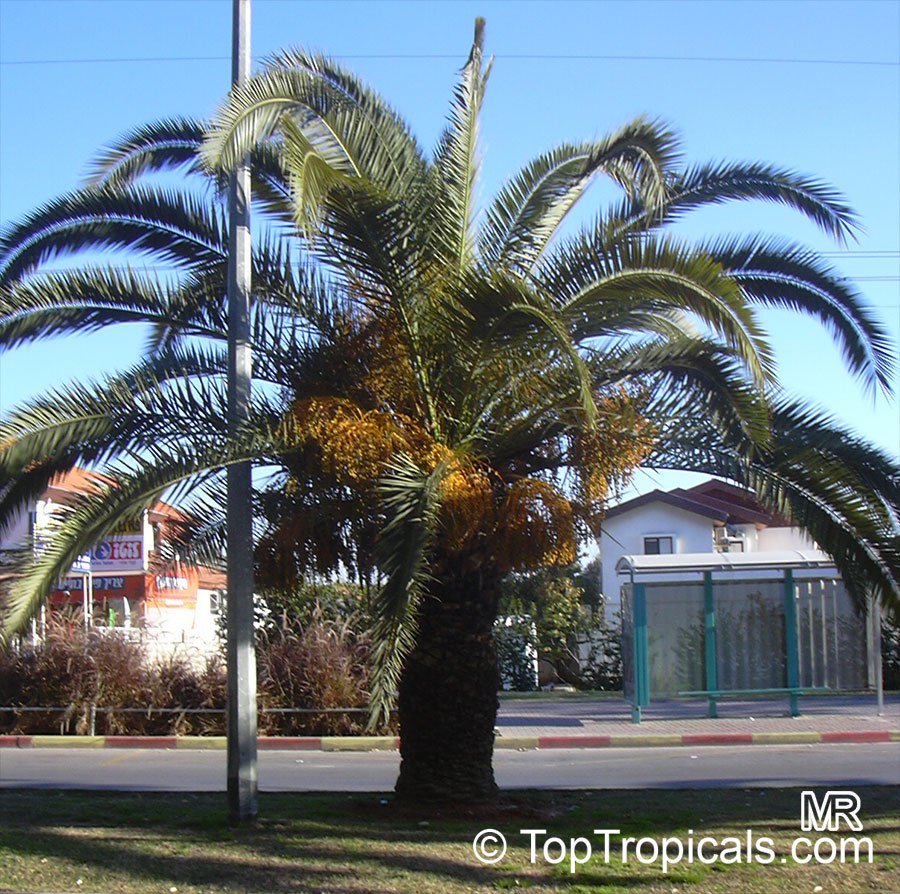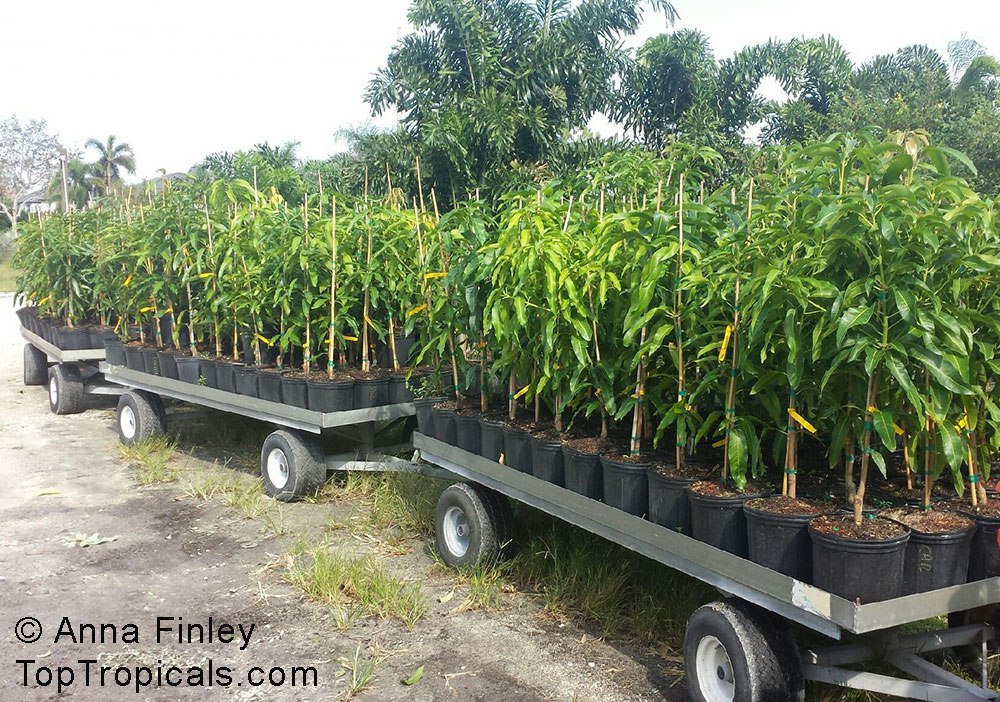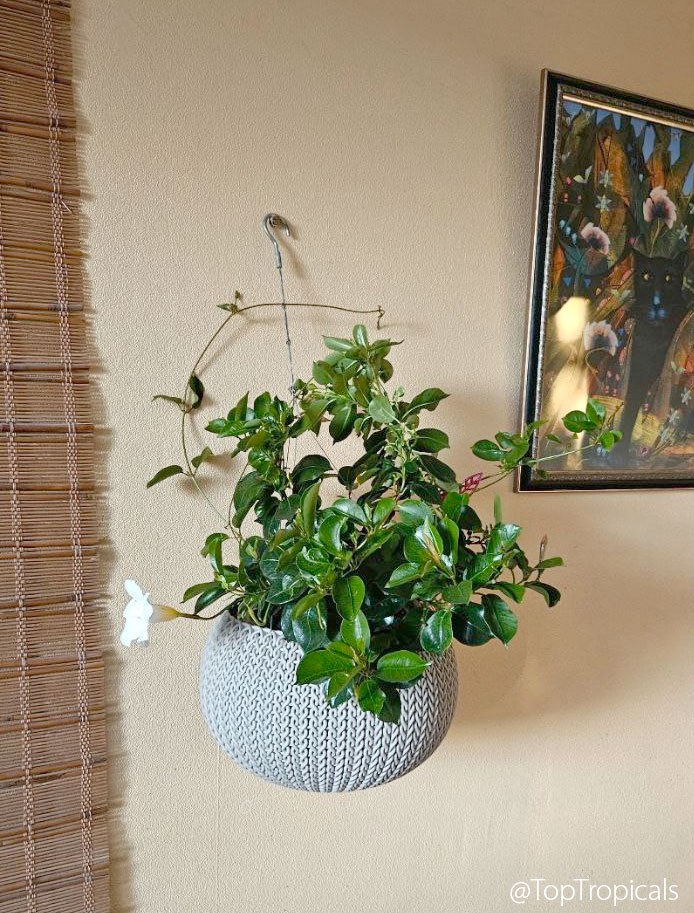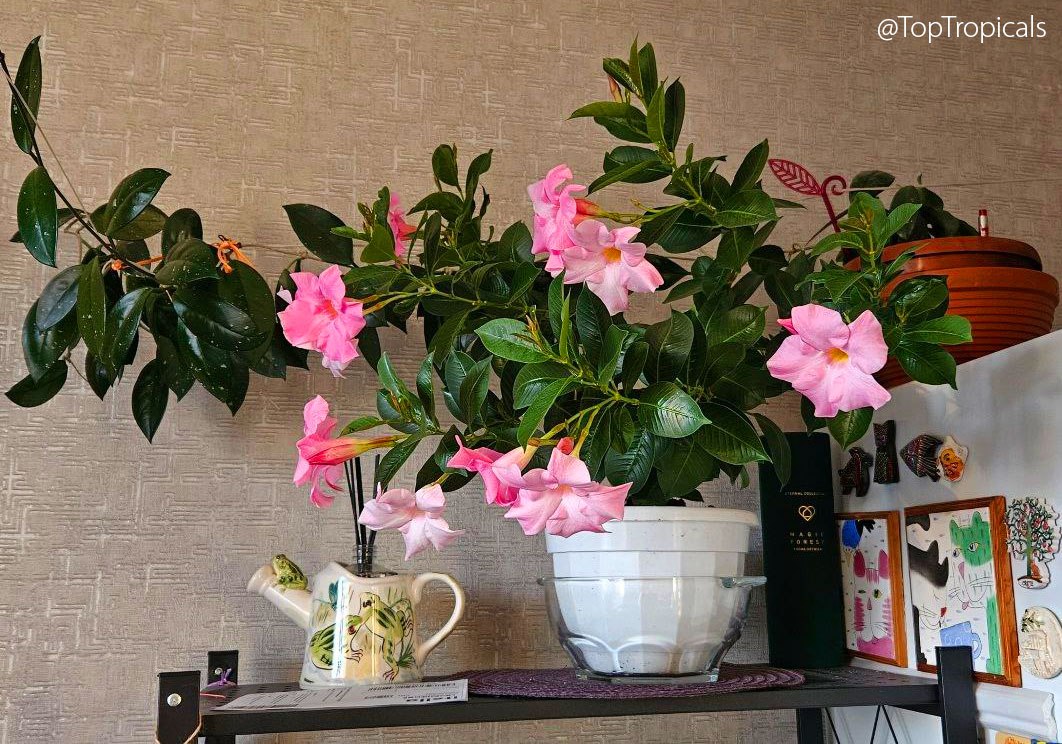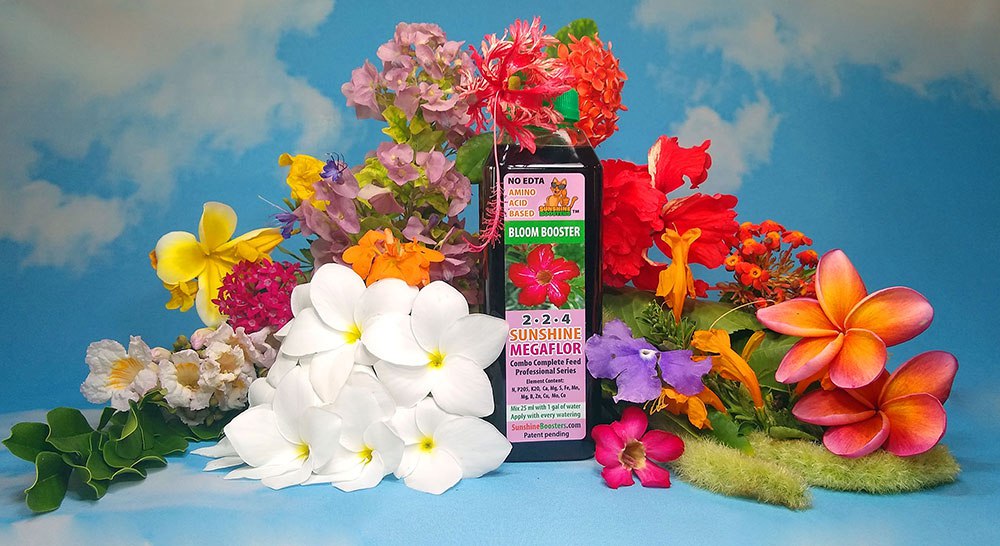How to care for your mango tree in winter
🥭 If you want to enjoy mangoes like ours (in the video) next summer, protecting your tree in winter is a must! Give it the care it needs now, and you'll reap sweet rewards when the warm weather returns.
🥭 Keep it cozy and protected: Mango trees love warmth, so when winter comes, they need extra care to stay happy.
🥭 Temperature: Mango trees are sensitive to cold. If temperatures drop below 35F, cover the tree with frost cloth or burlap to protect it. For potted mango trees, move them indoors or to a greenhouse.
🥭 Watering: Reduce watering during winter. Mango trees don’t like soggy roots in cold weather. Let the soil dry slightly between waterings.
🥭 Mulching: Add a thick layer of mulch around the base of the tree to insulate the roots and retain warmth. Keep the mulch a few inches away from the trunk.
🥭 No pruning: Avoid heavy pruning in winter, as it can stress the tree. Besides, pruning promotes young tender growth that may get cold damaged. Save major trimming for spring.
🥭 Feeding: Stop dry fertilizer in winter. The tree slows its growth, so too much dry fertilizer can do more harm than good. You can continue using Sunshine Boosters Mango Tango year-round because it is water-soluble and natural, and the amount of food needed will adjust with reduced watering.
🛒 Shop Mango Trees
#Food_Forest #How_to #Mango
🔴 Join 👉 TopTropicals

